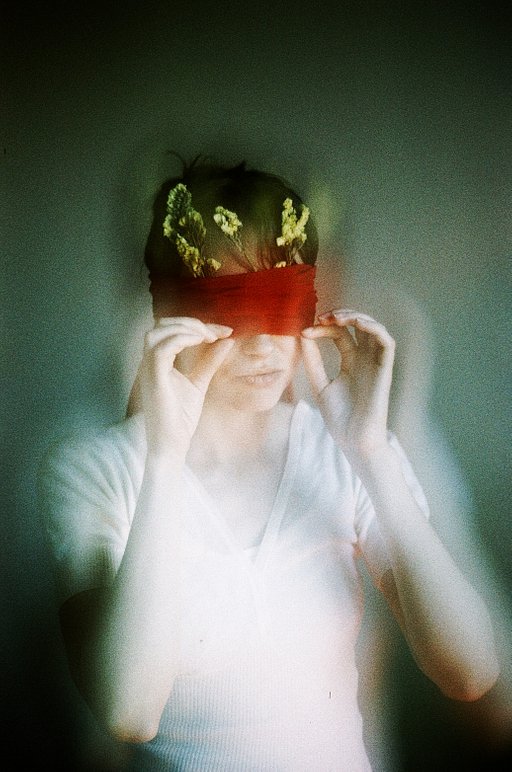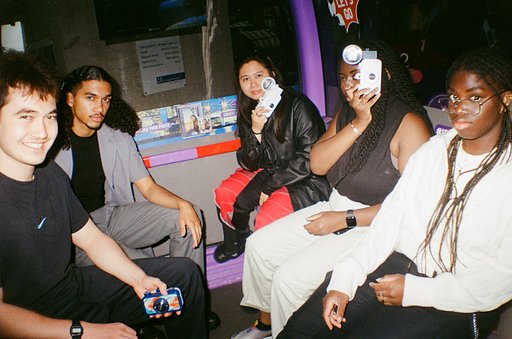Shooting 25-Year Expired Kodacolor VR 1000
16 45 Share TweetI shot a roll of 25 year expired Kodacolor VR 1000 and compared the raw results with those where I performed standard post-processing.
On August 1st, 2011 someone posted a link to giveaway for a roll of very expired Kodacolor VR 1000 film that he was doing. I told him I would appreciate it very much, give roll the respect it deserves, and post my results on the interwebs. He chose to honor me with the prize. This is my review.
This is the box I received in the mail:

Here’s a close-up of the important part:

Notice the expiration date. That’s twenty-five years expired! Also, notice where it says, “Since color dyes may in time change, this film will not be replaced for, or otherwise warranted against, any change in color.”
Here’s the inside of the box:

Notice where it mentions the other VR films — 100, 200, 400 — and where it says, “Do not refrigerate to extend life of film.” When this film was released, it was the fastest color negative film available.
After fondling the box for a couple of days and planning my outing, I decided to follow the “film loses one full stop of sensitivity per decade of ‘expiredness’” rule of thumb. I shot the roll at two and one half stops slower (about 200 ASA) to compensate for two and a half decades of “expiredness.” I used a Canon EOS Rebel Ti with a fast lens. I had my local Walgreens develop the film with no cutting, no scanning, and no printing. I scanned the pictures myself with minimum color correction. I say minimum because any time you digitize negatives there will be some adjustments. The software has to invert the image and compensate for the orange mask for instance.
Then, I edited each picture the way I normally would for a final result. I adjusted the lightness, contrast, and color balance. I also cropped the image if I though it needed it. In the following picture pairs, the first one is the “un-retouched” picture. The second one is the one on which I did my normal processing.
Here are the results:
So, what did I learn from this experience? First, the “film loses one full stop of sensitivity per decade of ‘expiredness’” rule of thumb holds fairly well. I’ve seen other people’s attempts at shooting film that was this expired and they are often underexposed because the person didn’t compensate enough for the loss of sensitivity. This was 1000 ASA film and I shot it at about 200 ASA. That seemed to be enough to compensate for two and a half decades of being expired. Second, there is a definite color shift. I think this happens because the color sensitive layers lose sensitivity at different rates. I’ve had a couple of people say that they prefer the cool color cast of the un-retouched pictures. Personally, I like the harsh contrastiness of the color-corrected ones. What do you think?
written by gvelasco on 2011-12-21 #gear #review #expired-film #lomography #user-review #kodacolor-vr-1000 #expired-color-negative










































16 Comments